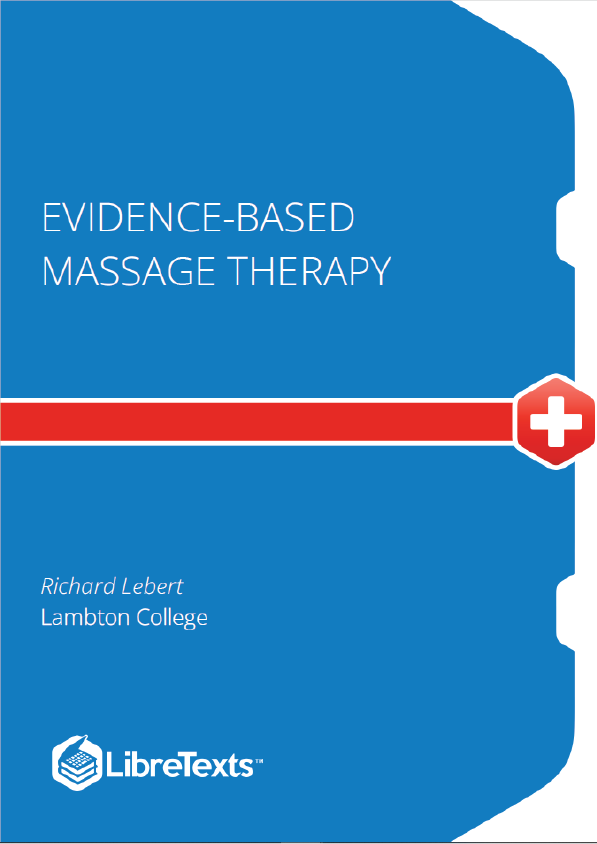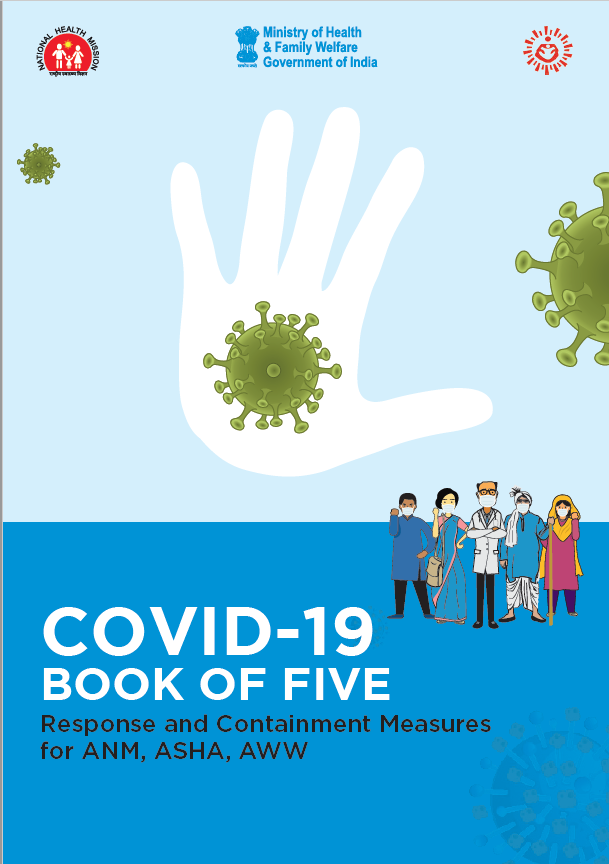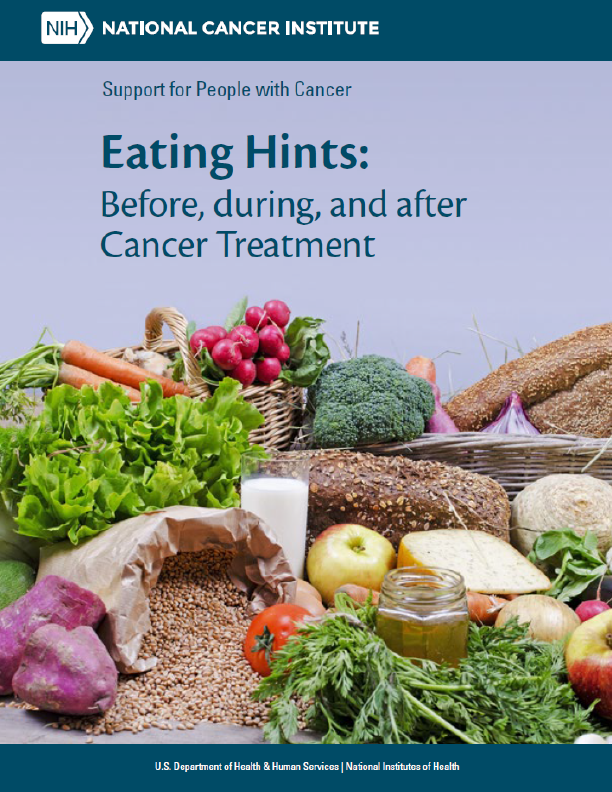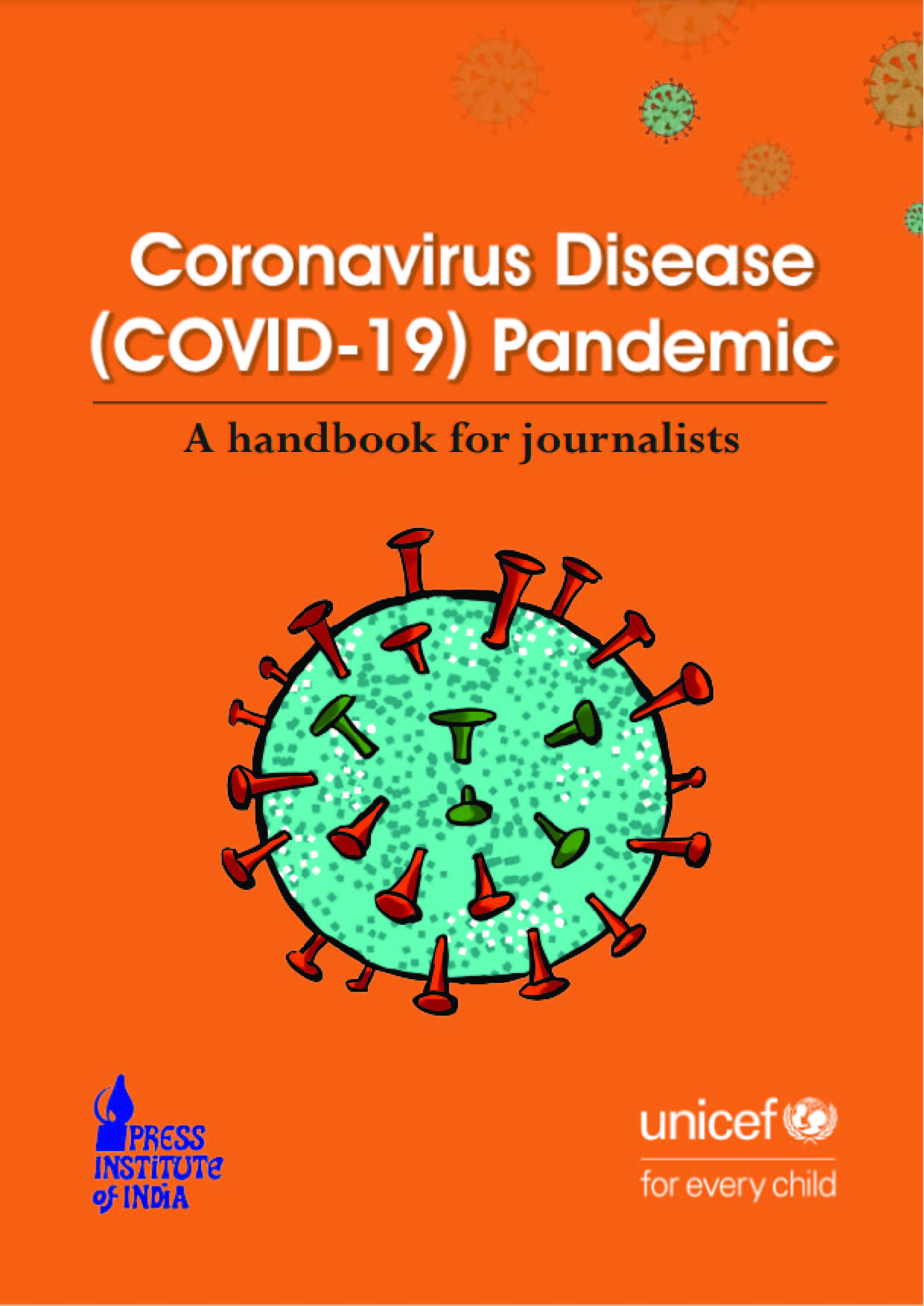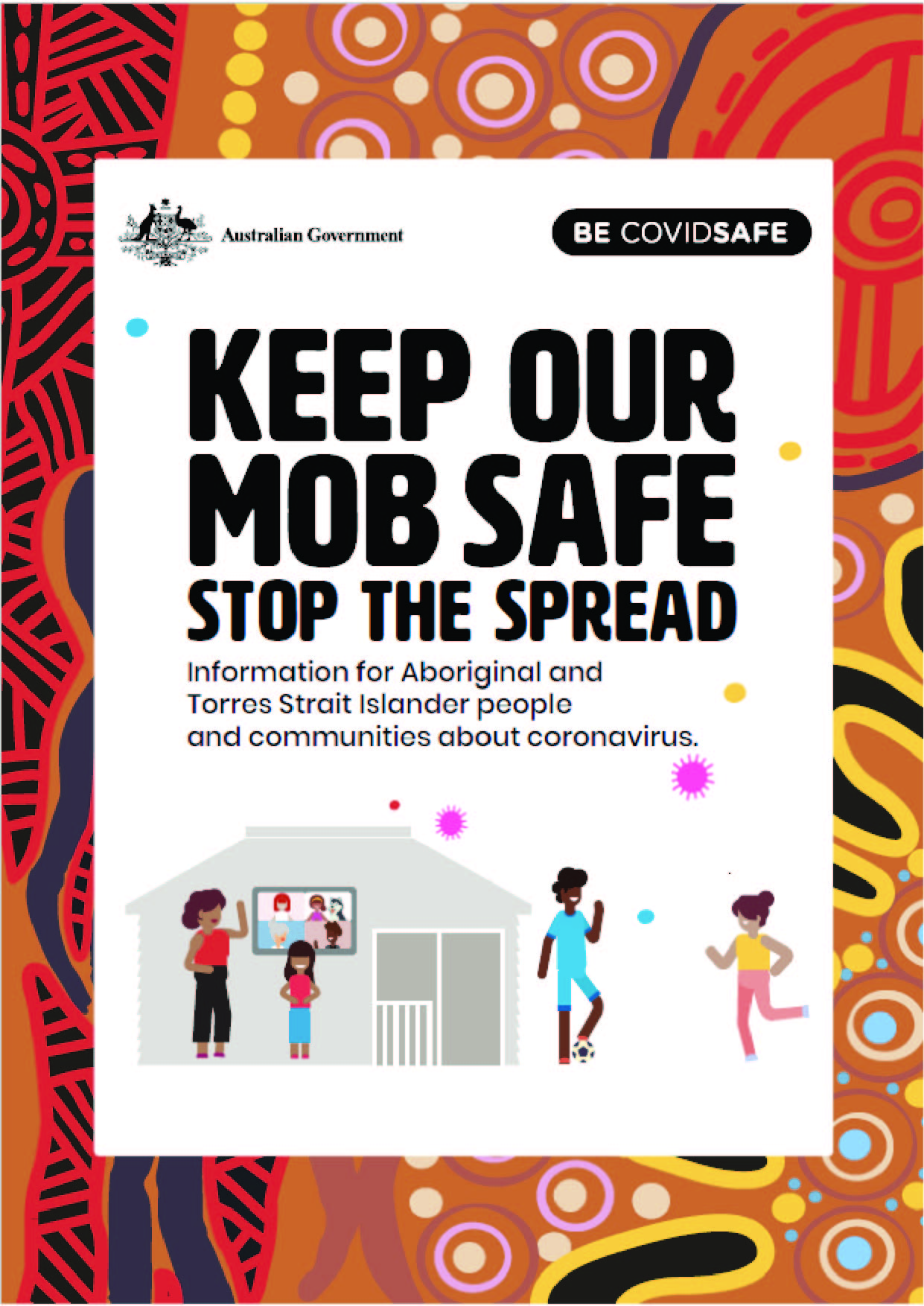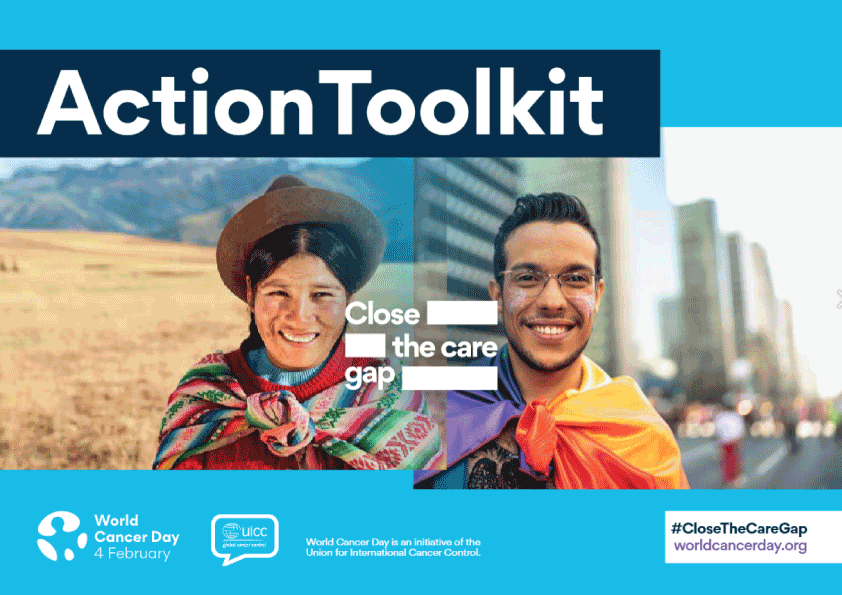This clinical practice handbook will prove essential to healthcare providers interested in non-pharmacological management of musculoskeletal pain.
Setting the Groundwork for Evidence-Based Massage
Evidence-based massage therapy is an approach based on three principles (best available evidence, clinical expertise and patient values).
Being a recognized treatment option for people in pain means the profession of massage therapy is moving into new formal settings. As this shift occurs, it is important that therapists adhere to evidence-based medicine and use critical thinking and research literacy skills. In the early 1990’s David Sackett and Gordon Guyatt introduced evidence-based medicine (EBM) as the conscientious use of current best evidence in making decisions about patient care. It is a process intended to reduce the risk of harm and improve decision-making by emphasizing the use of evidence from well-designed research. This includes the use of logical reasoning and the gathering of ideas and knowledge from many overlapping disciplines.
Patient Values – The needs and requests of your patient will influence your decision making. Therapists need to be able to hear the patient’s values and create a working relationship with the patient. Shared-decision making will include developing a plan of care based on individualized goals and needs of the patient.
Research Evidence – Research helps guide clinical decisions and to warn of known harm, the higher the quality of the evidence the more confident we can be as a therapist making an informed decision.
Clinical Expertise – Clinical experience is used to create individualized treatment plans as patient presentation will vary on a case by case basis. Making sound decisions requires the clinician to assess the patient’s personal, social, and clinical context and integrate this information with the values and preferences of the informed patient. The therapist will use his/her clinical expertise and allow the evidence to guide this process, rather than dictate it.
Evidence-based medicine integrates research evidence with clinical expertise and patient values to achieve the best possible patient management, while minimizing the potential for harm. The widespread adoption of evidence-based practice has led to improved healthcare and a cohesive approach essential for improving patient outcomes.
Critical Thinking and Evaluating Sources
Bias has the potential to influence beliefs and decision-making. To help mitigate flaws in thinking there are several resources or methods you can use to process information and evaluate resources. In this text we use the CRAAP method of evaluating information, but there are several other tools that are just as useful.
The CRAAP Method of Evaluating Sources
In the age of ‘new media’ and ‘fake news’ it is important to be able to critically evaluate information. If you are unsure of the validity of what you are reading, The CRAAP Method is a simple acronym that will simplify the way you evaluate information.
